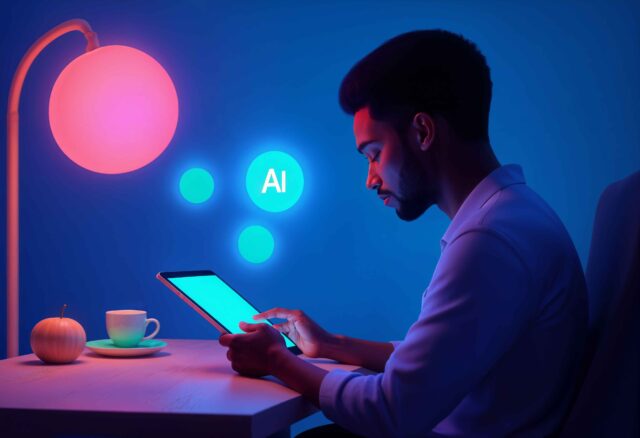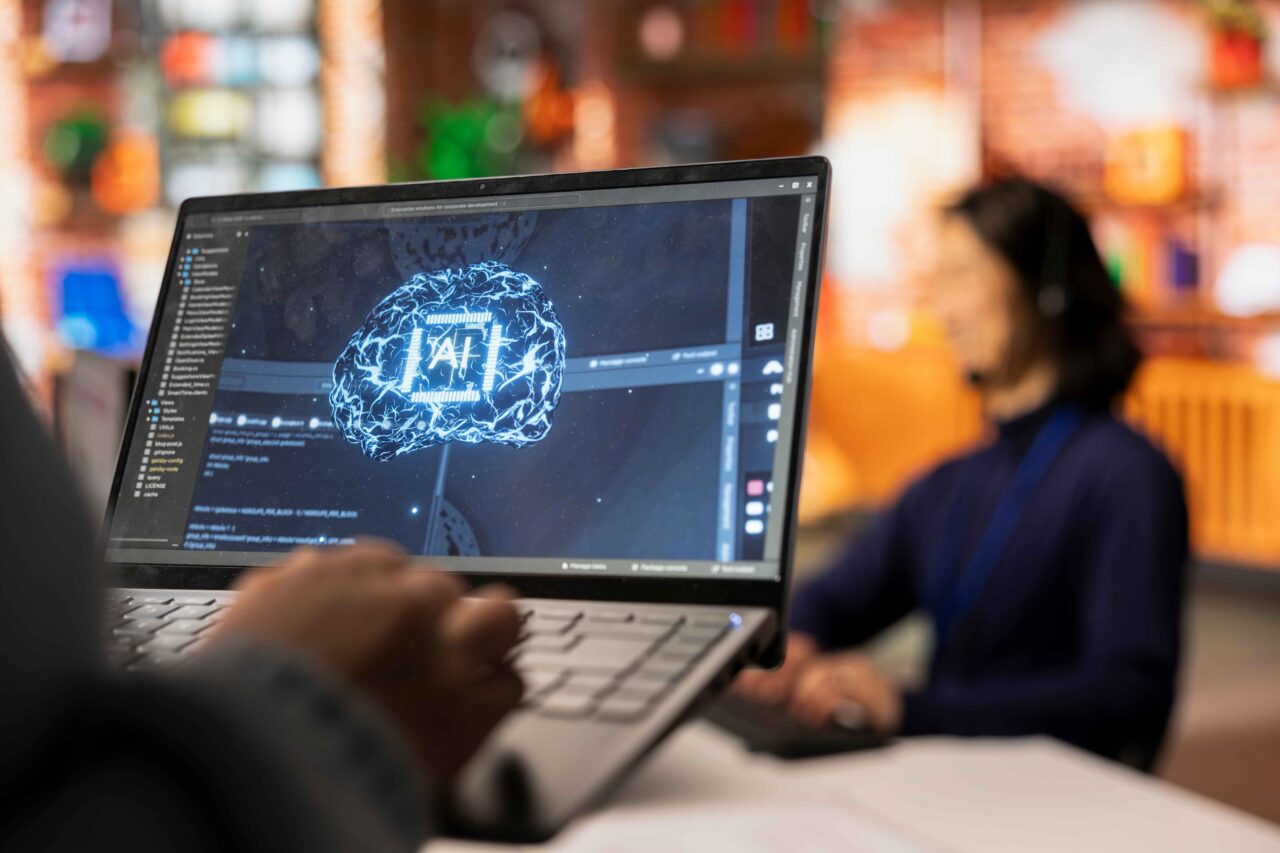In early 2025, a term began trending among developers, tech influencers, and AI enthusiasts alike: vibe coding. It may sound casual, even unserious, but it represents a growing shift in how modern software is being developed. Coined and popularized by OpenAI co-founder Andrej Karpathy, vibe coding is more than just a trendy label. It marks a profound change in developer workflows, blending natural language, generative AI, and minimal manual code review to bring ideas to life faster than ever.
So, what exactly is vibe coding? Let’s unpack the term, understand how it works, and explore why it’s gaining traction across the tech world.

What is Vibe Coding?
Vibe coding is a new paradigm in software development where the programmer communicates intentions to an AI through natural language prompts-text or voice-and lets the AI write most of the code. The developer might not deeply review or optimize the code but instead runs it, sees what happens, and iteratively improves or re-prompts based on the result.
As Karpathy put it, vibe coding is about:
“You just see stuff, say stuff, run stuff, and copy-paste stuff, and it mostly works.”
It’s a workflow that blurs the line between developer and director. Rather than writing code line by line, you’re orchestrating outcomes through interaction and feedback.
How Does Vibe Coding Work?
In vibe coding, the developer often uses an AI-enhanced code editor or platform such as Cursor, GitHub Copilot, Codeium, Replit Ghostwriter, or Amazon Q Developer. These tools enable developers to describe what they want in plain English:
- “Build a simple React app with a login form.”
- “Create a Python script that scrapes headlines from a news site.”
- “Design a dark mode theme using Tailwind CSS.”
The AI then generates the actual implementation. The human role is reduced to:
- Describing the intent
- Reading or lightly skimming the generated code
- Running it and observing the output
- Adjusting the prompt if needed
Unlike traditional workflows, vibe coding doesn’t always include detailed code reviews, testing, or structured planning in its early stages. The vibe is fast, iterative, and creative, ideal for prototypes, weekend hacks, or quick tools.
The Real-World Use of Vibe Coding
Vibe coding is already showing up in various corners of the developer ecosystem:
- A journalist used Claude AI to build a retro-style game in minutes, feeding natural language instructions and tweaking visual elements interactively.
- Startups like Anysphere and Windsurf are building AI-first IDEs that embrace vibe coding principles from the ground up.
- Amazon’s Q Developer lets you generate backend services or APIs simply by asking, slashing the time needed for boilerplate setup.
The appeal is obvious: it lowers the barrier for non-developers, speeds up time-to-prototype, and brings creativity back to coding.
Benefits of Vibe Coding
1. Speed and Convenience
Vibe coding significantly accelerates development by offloading boilerplate and repetitive logic to AI. What used to take hours can now be done in minutes.
2. Creativity Unleashed
Since you don’t need to map out every step beforehand, vibe coding invites spontaneous experimentation. You can try wild UI ideas, shift product features mid-build, or remix tools effortlessly.
3. Accessibility
People who aren’t full-time developers-designers, marketers, founders can now build basic tools or test product ideas by simply describing what they want.
4. Reduced Technical Friction
No need to remember exact syntax or library details. The AI handles that, letting you stay focused on the bigger picture.
Limitations and Risks
1. Code Quality Concerns
AI-generated code can be messy, inefficient, or insecure. Without manual review, bugs and vulnerabilities may slip through.
2. Maintenance Nightmares
If a team adopts vibe coding for serious projects without code consistency or testing, technical debt builds quickly.
3. Skill Erosion
Overreliance on AI might lead developers to forget best practices, architecture principles, or even basic debugging.
4. Not Production-Ready
Experts agree: vibe coding is great for MVPs and creative work, but it’s no substitute for formal engineering when it comes to scaling or shipping robust apps.
Is Vibe Coding the Future?
In a way, yes-but with caveats. Vibe coding is already transforming how side projects, prototypes, and early-stage products are built. It empowers lean teams and solo builders like never before. Even seasoned engineers are using it to handle tedious tasks or brainstorm solutions.
However, true software craftsmanship still demands thoughtfulness, structure, and code discipline. As one developer said:
“If you review what the AI wrote, it’s just AI-assisted coding. If you don’t, it’s vibe coding.”
That distinction is crucial.
Conclusion
Vibe coding is more than a fleeting trend; it’s a reflection of where software development is heading. With the rise of generative AI tools, the act of programming is shifting from manual construction to collaborative orchestration.
Used wisely, vibe coding offers speed, creativity, and accessibility. But it should complement, not replace, structured engineering. As with any vibe, the key is knowing when to follow it-and when to stop, step back, and refactor.
In this AI-first era, vibe coding is here to stay. Just don’t forget to read the code before you ship it.


